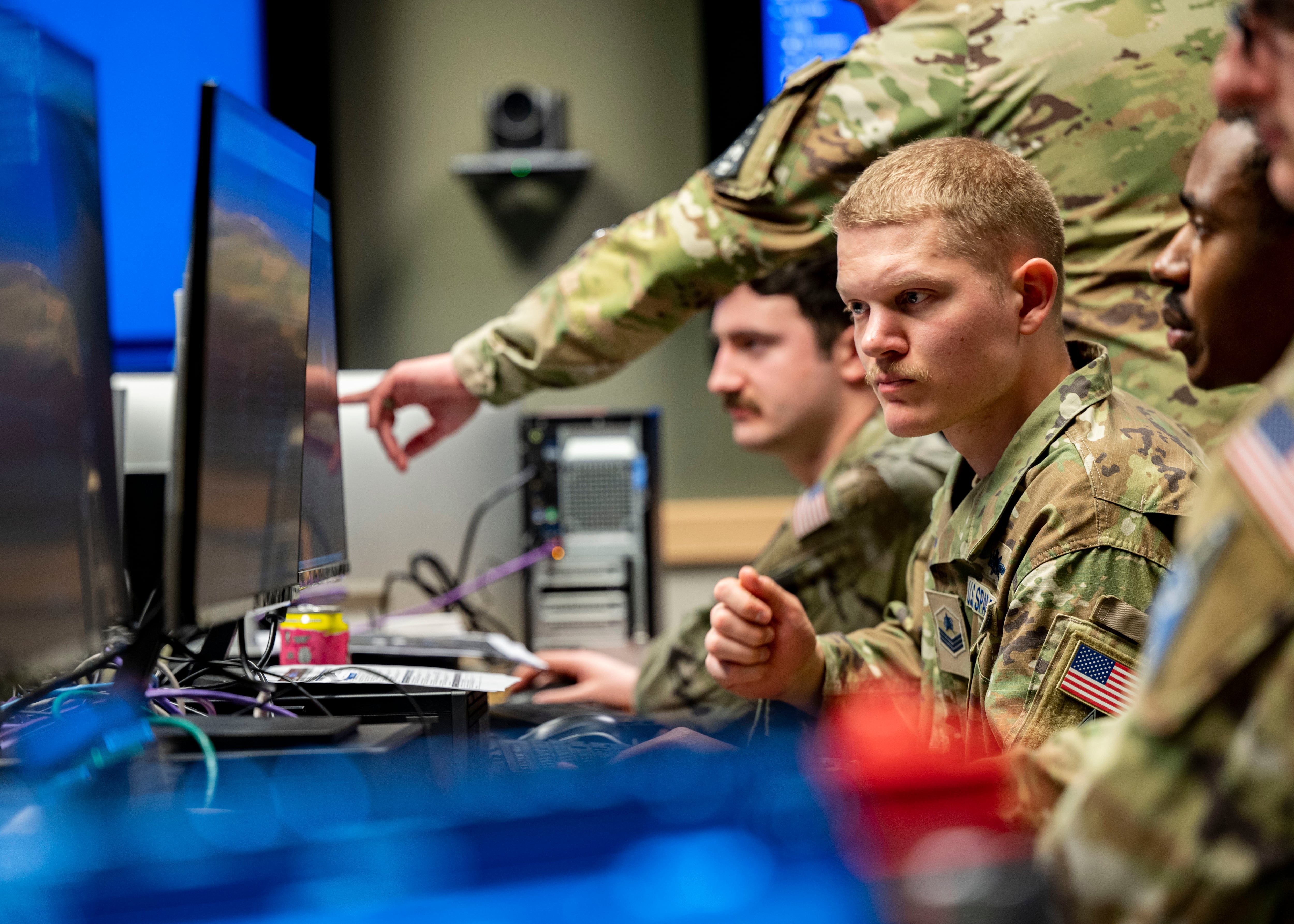San Diego — Victor Gavin, the Navy's PEO EIS, provided IT contractors a bit of show and tell at the West 2015 sea services expo in San Diego, Calif., explaining the ins and outs of his office.
"We conduct the business of the Navy," he told the group of contractors sitting at the SPAWAR Theater at the San Diego Convention Center.
Click here for all of our coverage of West 2015.
Specifically, Gavin explained, the EIS Innovation Cell helps identify robust, leap-ahead IT solutions and run shore-based Navy networks and their applications, both in the United States and overseas.
The EIS Innovation Cell also procures all the enterprise software licenses for the Navy and provides applications to 160 submarines via CANES, the Navy's new tactical afloat network.
In addition, Gavin said his office is "very much in tune" with Navy efforts to migrate to the cloud and said he is putting together "aggressive plans" to move data and networks there.
The EIS Innovation Cell has six smaller organizations operating under its umbrella. "These are the guys that do all the real work," he said.
One of them, PMW 205, manages the Navy-Marine Corps Intranet, which is transitioning to the Next Generation Enterprise Network.
Then there is PMW 220, which runs the Navy's Enterprise Resource Planning (ERP), which makes and executes 51 percent of the Navy's total obligation authority. NAVSEA, NAVAIR and SPAWAR all have their funds executed through that program, Gavin noted.
"In addition, it's the primary logistics tool that NAVSUB uses to distribute, procure, all the logistics and the data, so as you can imagine, that program is a very key part of naval operations," he said.
Other organizations include PMW 230, which runs the Global Combat Support Systems-Marine Corps, PMW 240, which has the Sea Warrior Program, whose manager "has 40-60 programs under her hat."
As for Navy's data center consolidation effort, that was run for years from SPAWAR. "But starting in June, that effort will be move under PEO EIS," Gavin said.
The logic was to combine to continue consolidation under one single business model and find the best way to operate that infrastructure once consolidated. The deadline for consolidation is FY 2016.








